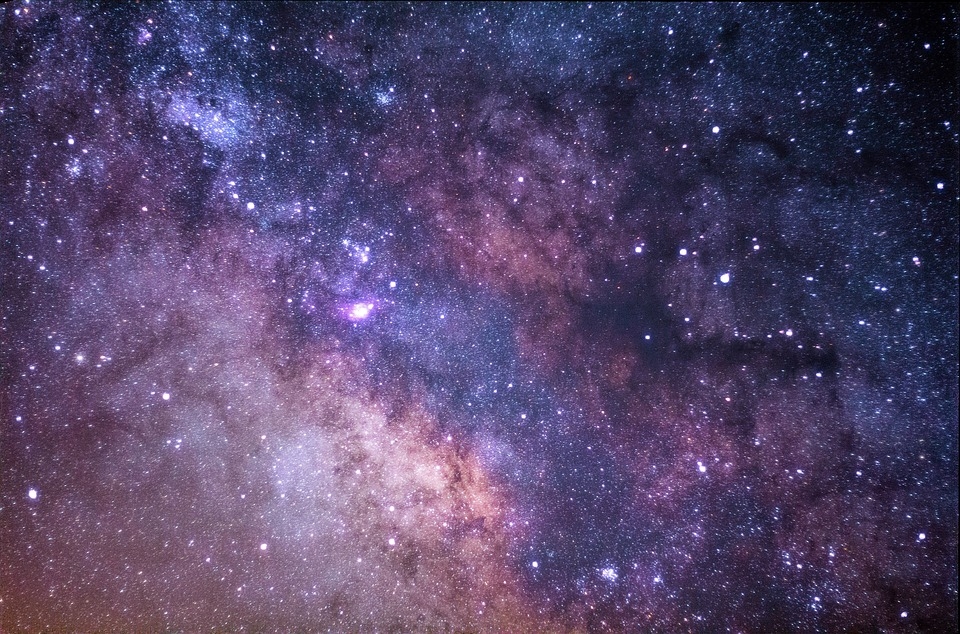We have long known that the universe is massive, larger than we could ever imagine. However, it does pose the question as to how big it actually is, and NASA has released a photo capturing the universe we live in in its entirety.
NASA has released a photo of a galaxy cluster referred to as Abell 2744 taken by the Hubble Space Telescope. Abell 2744 is found millions of light-years away from Earth and the photo shows hundreds of star clusters set against the blue and black background of space. The photo makes it appear that the galaxies are close together, but they are actually millions of light-years apart from each other. This not only shows scientists, budding astronomers, and space enthusiasts alike how large the universe actually is, but it also gives space agencies a chance to further understand the cosmos we live in.
“This image is of galaxy cluster Abell 2744. Galaxy clusters are the largest objects in the universe held together by gravity. They contain enormous amounts of superheated gas, with temperatures of tens of millions of degrees, which glows brightly in X-rays and can be observed across millions of light-years between the galaxies. This image combines X-rays from the Chandra X-Ray Observatory (diffuse blue emission) with optical light data from the Hubble Space Telescope (red, green, blue),” said NASA.
The Hubble is currently on its last year as it is set to retire in 2021, with the new James Webb Space Telescope taking its place to roam the universe.
NASA is also in the process of preparing for its upcoming moon mission, which will see the next humans make a landing on the Moon, in what is now called the Artemis program. With a goal of launching by 2021, the agency hopes to launch an unmanned spacecraft to the moon, with astronauts making the journey three years after that.
In another step, NASA also hopes that the Artemis mission would see the first woman on the Moon. This would be the first time since 1969 when Neil Armstrong became the first man to set foot on the lunar surface.



 Could a telescope ever see the beginning of time? An astronomer explains
Could a telescope ever see the beginning of time? An astronomer explains  If life exists on Jupiter’s moon Europa, scientists might soon be able to detect it
If life exists on Jupiter’s moon Europa, scientists might soon be able to detect it  Orbital resonance − the striking gravitational dance done by planets with aligning orbits
Orbital resonance − the striking gravitational dance done by planets with aligning orbits  The brightest object in the universe is a black hole that eats a star a day
The brightest object in the universe is a black hole that eats a star a day  Spacesuits need a major upgrade for the next phase of exploration
Spacesuits need a major upgrade for the next phase of exploration  What is minoxidil, the anti-balding hair growth treatment? Here’s what the science says
What is minoxidil, the anti-balding hair growth treatment? Here’s what the science says  Archeoastronomy uses the rare times and places of previous total solar eclipses to help us measure history
Archeoastronomy uses the rare times and places of previous total solar eclipses to help us measure history  Eggs from men, sperm from women: how stem cell science may change how we reproduce
Eggs from men, sperm from women: how stem cell science may change how we reproduce  Dark energy is one of the biggest puzzles in science and we're now a step closer to understanding it
Dark energy is one of the biggest puzzles in science and we're now a step closer to understanding it  Alpha, beta, theta: what are brain states and brain waves? And can we control them?
Alpha, beta, theta: what are brain states and brain waves? And can we control them?  Customizing mRNA is easy, and that's what makes it the next frontier for personalized medicine − a molecular biologist explains
Customizing mRNA is easy, and that's what makes it the next frontier for personalized medicine − a molecular biologist explains  Larger and more frequent solar storms will make for potential disruptions and spectacular auroras on Earth
Larger and more frequent solar storms will make for potential disruptions and spectacular auroras on Earth  Synthetic human embryos let researchers study early development while sidestepping ethical and logistical hurdles
Synthetic human embryos let researchers study early development while sidestepping ethical and logistical hurdles  Six space missions to look forward to in 2024
Six space missions to look forward to in 2024  The brain is the most complicated object in the universe. This is the story of scientists’ quest to decode it – and read people’s minds
The brain is the most complicated object in the universe. This is the story of scientists’ quest to decode it – and read people’s minds 






























